The coolest thing at the Van Gogh Museum is probably the sole surviving paint palette Van Gogh used, adorned with the vivid hues that brought his masterpieces to life. This artifact offers a rare, tangible connection to Van Gogh's creative process and you can practically see his artistic genius come alive through his color choices.
Facts about Van Gogh and the museum
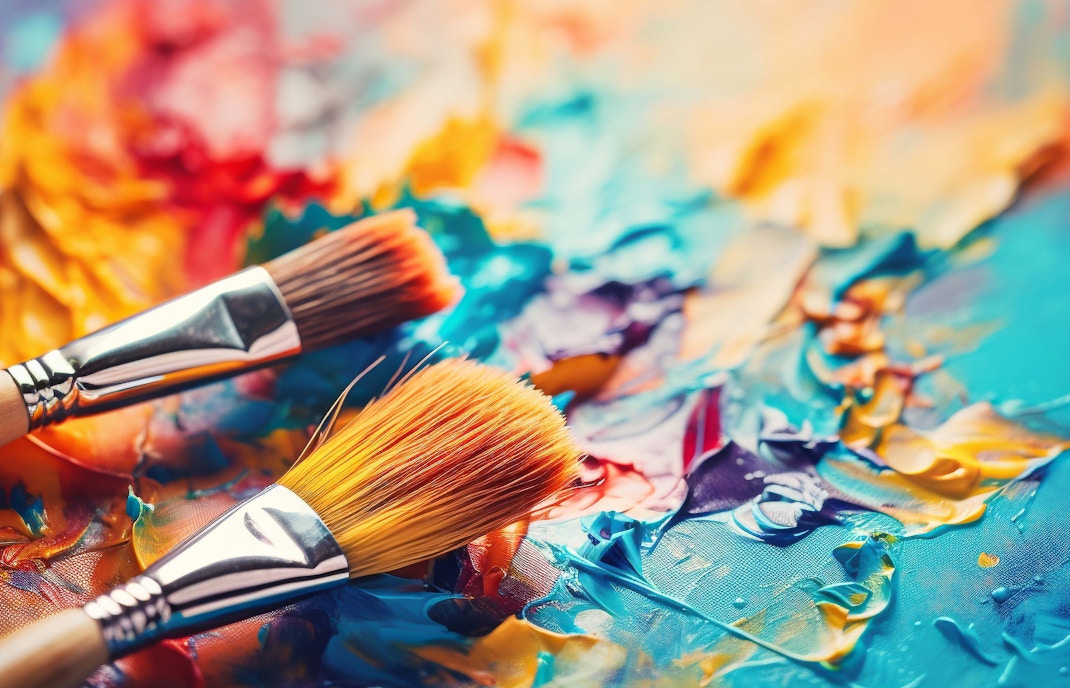
Home to Van Gogh's only surviving palette
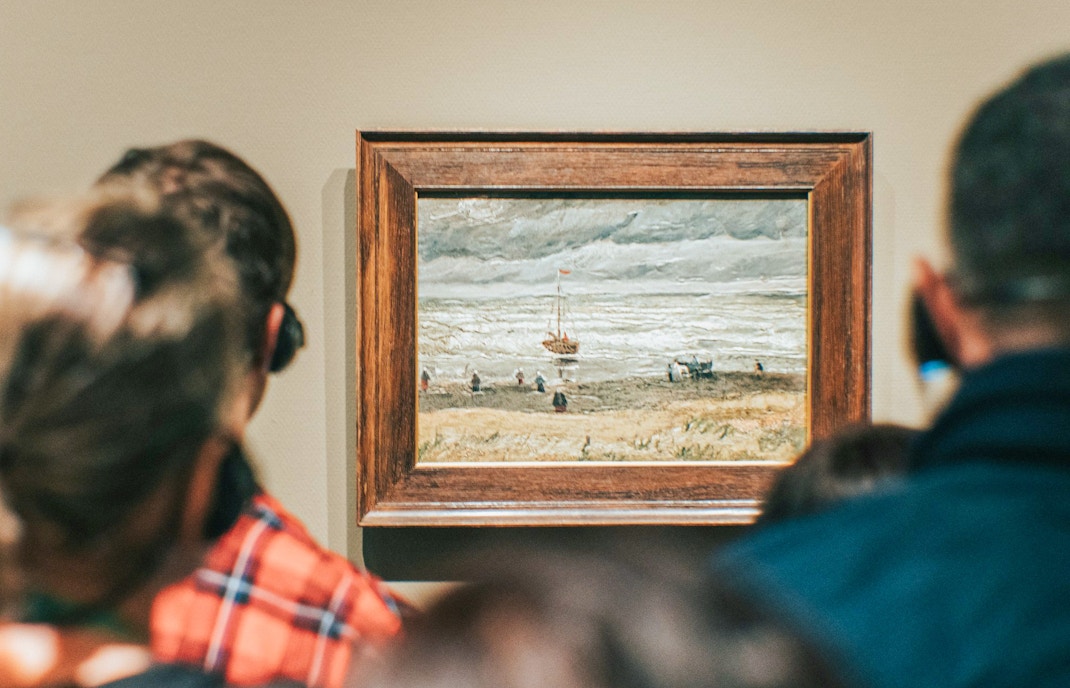
Van Gogh's paintings were stolen!
Talk about a plot twist! Two of Van Gogh's most famous paintings, View of the Sea at Scheveningen and Congregation Leaving the Reformed Church in Nuenen, were actually stolen in 2002! Luckily, they were found again in Italy in 2016.
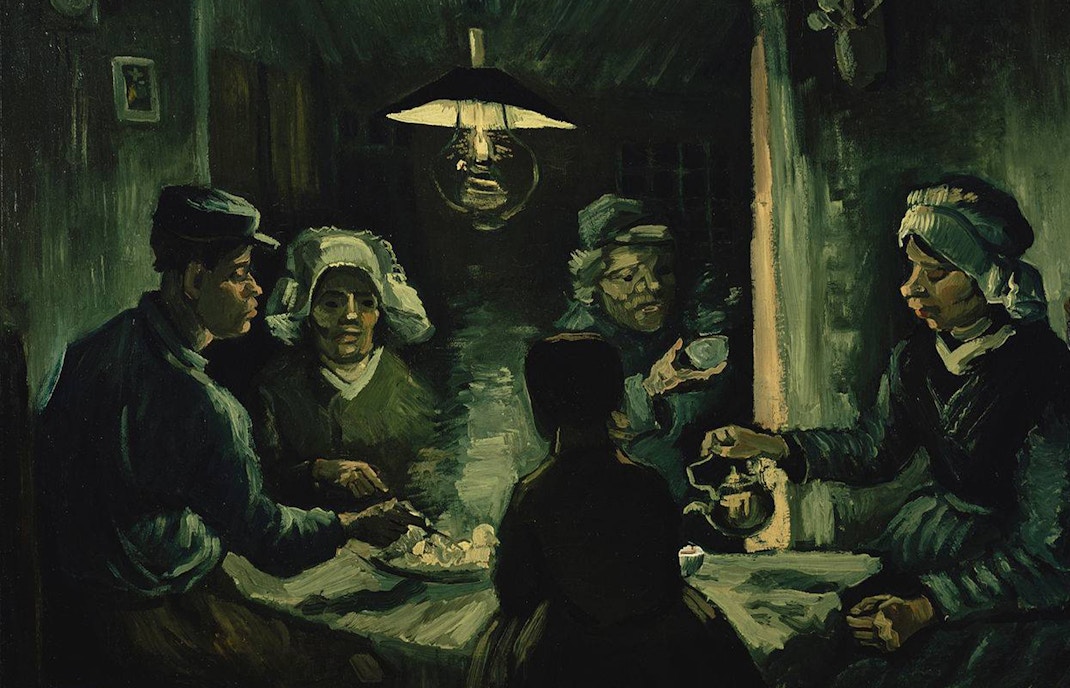
The museum's first-ever painting
The Van Gogh Museum's star player? A painting called The Potato Eaters that they got in 1929, just a couple of years after opening their doors. This early work by Van Gogh is special because it shows his deep connection to everyday folks. It's dark and moody, with these amazing light and shadow effects!
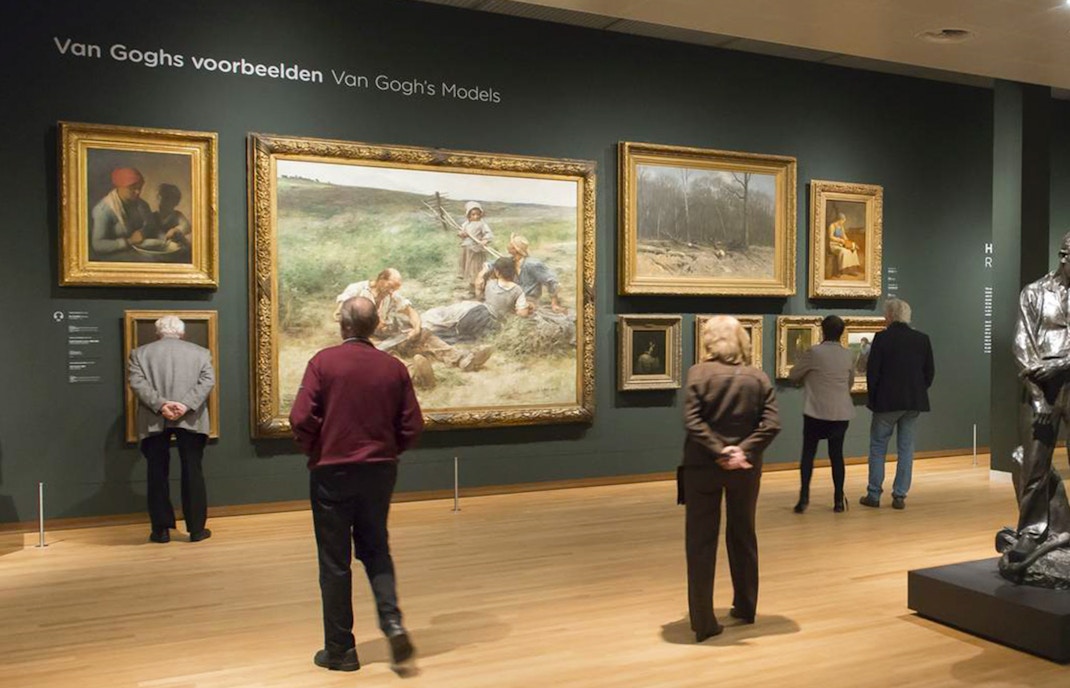
The museum wouldn’t exist without van Gogh’s family
The Van Gogh Museum wouldn't exist without the passion of Vincent Willem van Gogh, the artist's nephew, and Johanna van Gogh-Bonger's legacy promotion. In 1962, the family donated a huge collection of Van Gogh's paintings to the Vincent van Gogh Foundation. Then, in 1973, the Dutch government teamed up with the foundation and opened the Van Gogh Museum to celebrate this artistic legend.
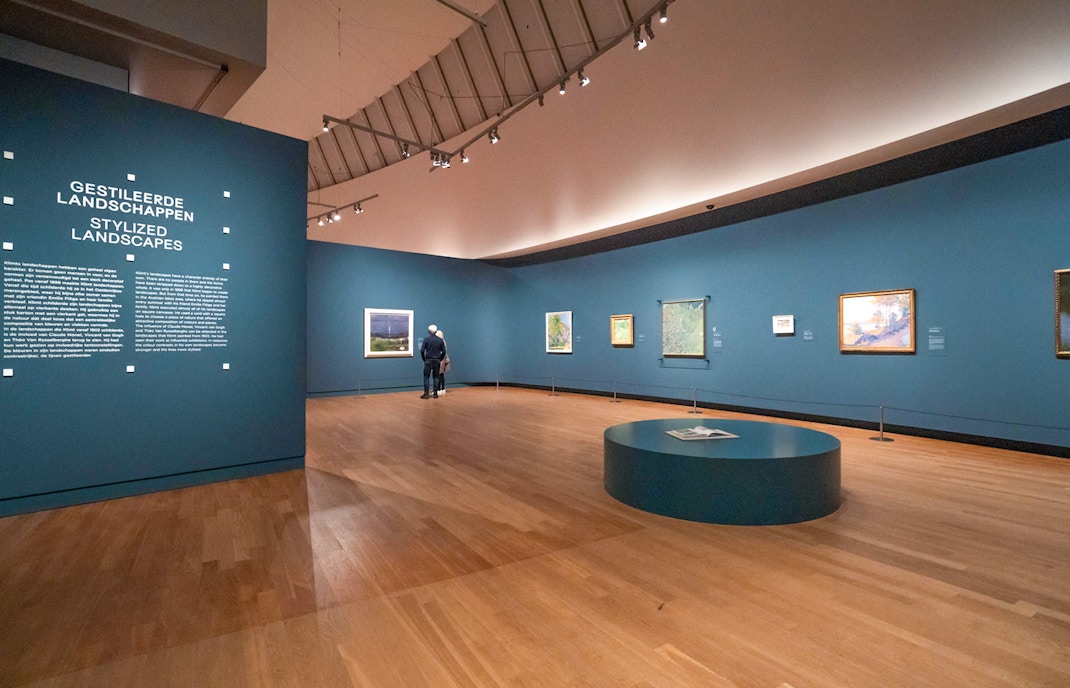
Van Gogh only sold one painting in his life
Van Gogh was a genius, creating over 900 paintings and 1,100 drawings in his lifetime, but he could only sell one while he was alive - The Red Vineyard. His colorful style, personal issues, and modest marketing overshadowed his talent back then. However, he's now considered a giant of Western art.
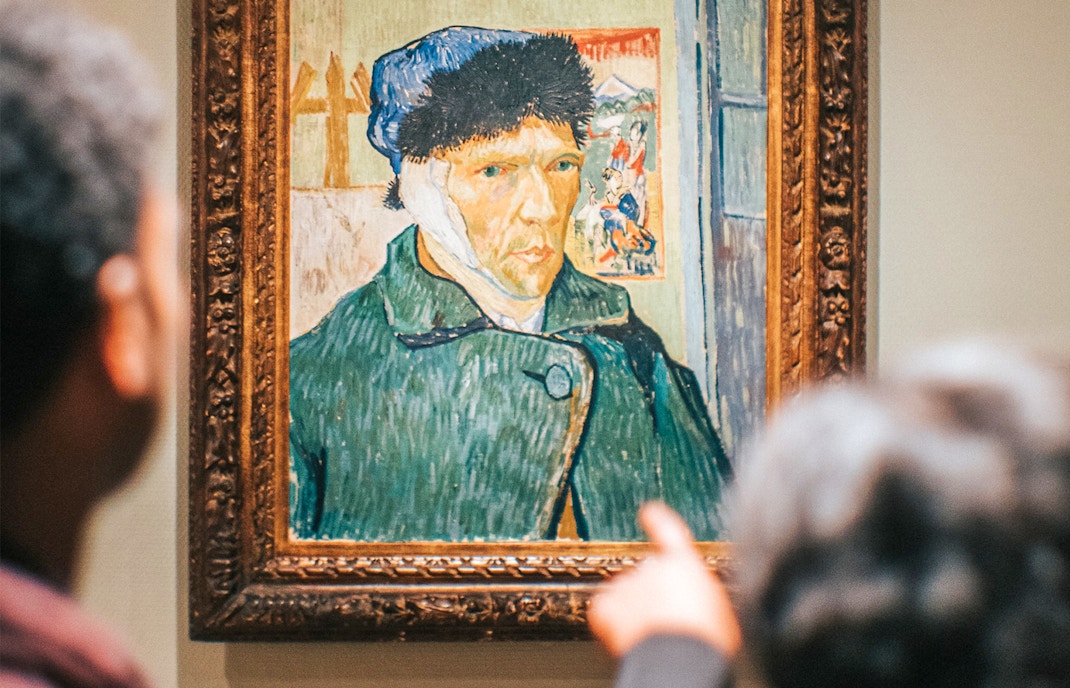
No one knows why Van Gogh cut off his ear
One of the biggest mysteries about Van Gogh is why he cut off part of his ear. It happened after a fight with Paul Gauguin, and some historians think he did it to try to stop hearing voices and hallucinations. The thing is, nobody really knows for sure what happened. There are several conflicting accounts, including Gauguin's wary observations.
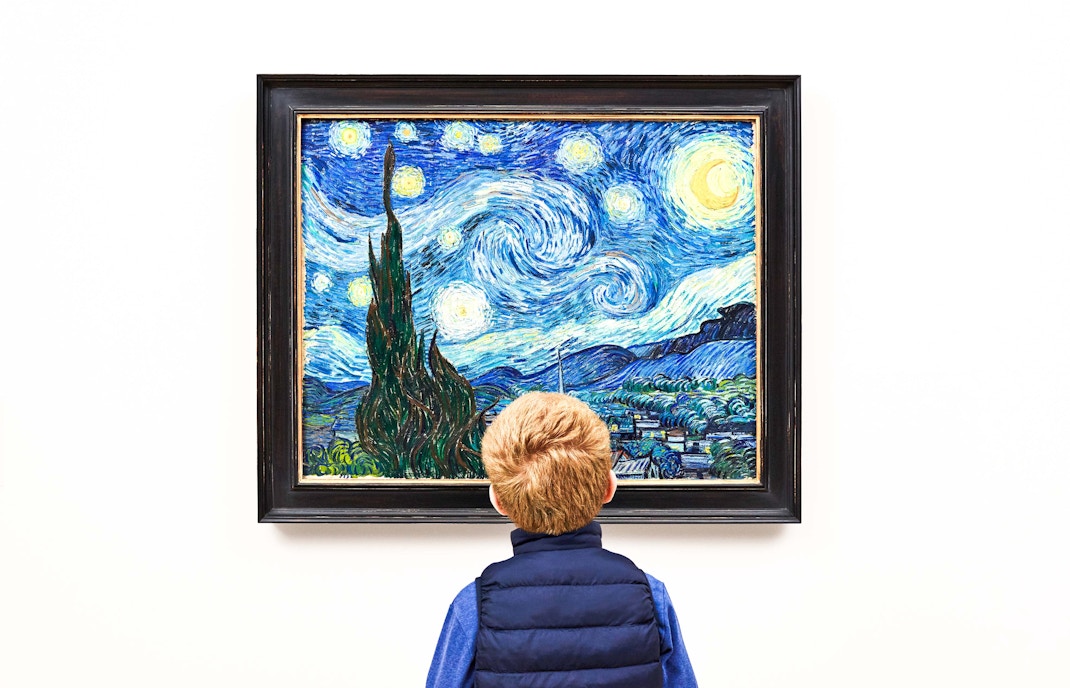
Epilepsy meds might have influenced the paintings
Van Gogh's bright colors might be due to more than just his artistic genius! The medications he took for his epilepsy, like digitalis, are known to hamper vision, including making you see yellow spots. Some think this might explain the wild colors and visual distortions in his famous paintings like Starry Night.
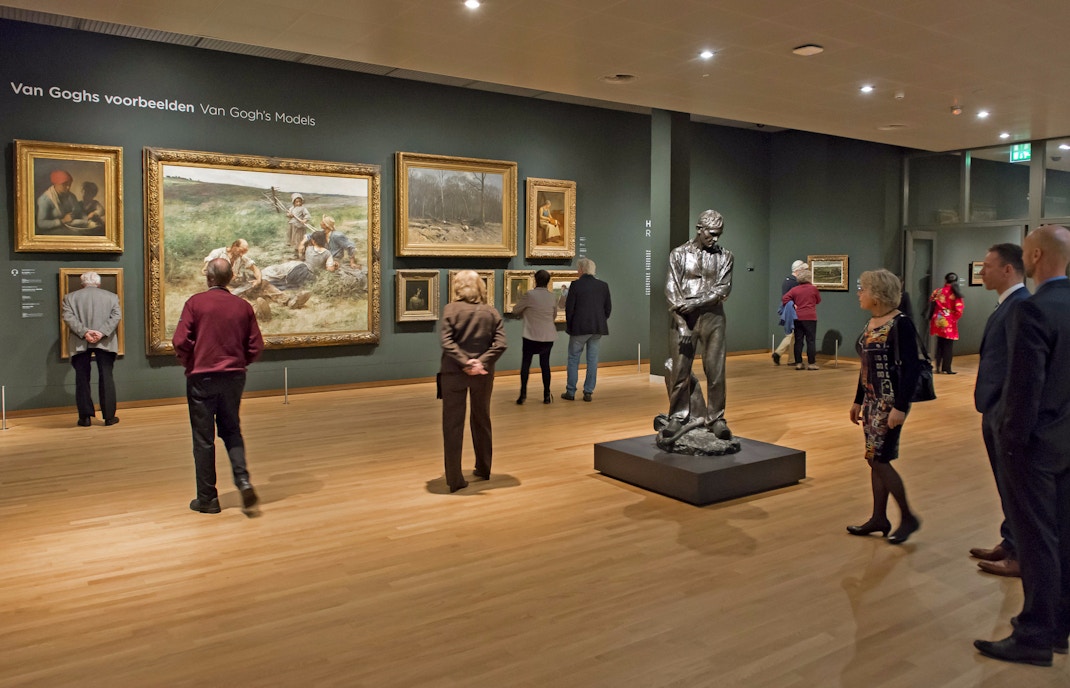
Van Gogh's last words were…
Van Gogh's last words, as relayed by his brother Theo, were apparently, "La tristesse durera toujours" (The sadness will last forever). It throws light on all the struggles he went through in his life. In a way, those words capture the deep pain that fueled his art, reminding us of his legacy that sometimes great art comes from a very dark place.
